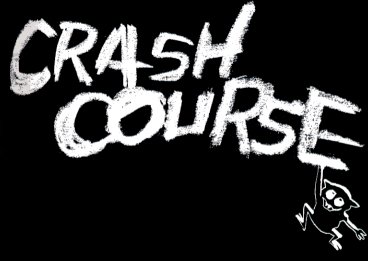

Imagine the scene:
Monday, 9am. The week begins. Father kisses Mother goodbye and goes upstairs to the office — it used to be the spare bedroom. He sits at his desk, keys his password into the computer, and his day at the office begins. Mother, meanwhile, is chasing up her elder son, Zizzz, who is toying with his perfectly nutritionally-balanced breakfast biscuit. She finally packs him off to his studies — in what used to be the family dining room.
Zizzz sits down at his VDU, selects the word processing chips, and transmits his history essay on-line to his personal educationalist.
Next, before she activates the micro-chip panel controls for the washing machine, dishwasher, robotic vacuum and automatic window washer, Mother deals with the baby of the family, Xon, aged three. She carries him into the living room, and pops him into his playpen in front of his own kiddy-komputer. Having inserted a variety of discs into the multi-stack disc drive, she can relax until lunchtime, safe in the knowledge that her younger child’s pre-school education is in expert hands.
An exciting vision of the future? A dehumanising picture of the micro-chip age? Whether we like it or not, the micro-revolution is in the process of altering our whole concept of education, and it may not be too long before we have to face the possibility of children being educated ‘at a distance’.
One of the most frightening aspects of the present world for me as a teacher, is the fact that educational experts are losing control over the rapidly expanding market of educational software. Teachers and parents are now being dictated to by the producers of such software who are concerned mainly with commercial rather than with educational interests. Yet the two need not be separate and incompatible.
This month, the software I have looked at falls into two categories:
1) Games designed by educational experts who have begun by clearly identifying their aims and objectives, and who use the games format as a means to achieve a worthwhile end;
2) Games brought out by software houses who have tenuous — if any — links with the world of education. These designers seem to begin with the games format, and then attempt to superimpose their sketchy ideas of educational aims, often based on their own (outdated) experience of the education system.
But how can parents, visiting their local software shop, make the best selection when choosing educational software? Unbiased magazines can be helpful, of course, but parents would be well-advised to read the cover blurb very carefully on software to ensure that the programs have been both designed by educational experts in the first place, and have also been tested by teachers in the classroom. This test will not be foolproof, but it will be a move towards ensuring that the proliferation of rubbish stays where it belongs — on the shelves.
The most effective use of educational programs, particularly with younger children, is in situations where an adult — teacher or parent — is present to discuss the game and give help if necessary. The child can then be guided towards related areas of activity, or encouraged to read round the subject, and thus the educational content of the software can be supplemented. Much educational opportunity will be lost if the child is left to play the game alone.